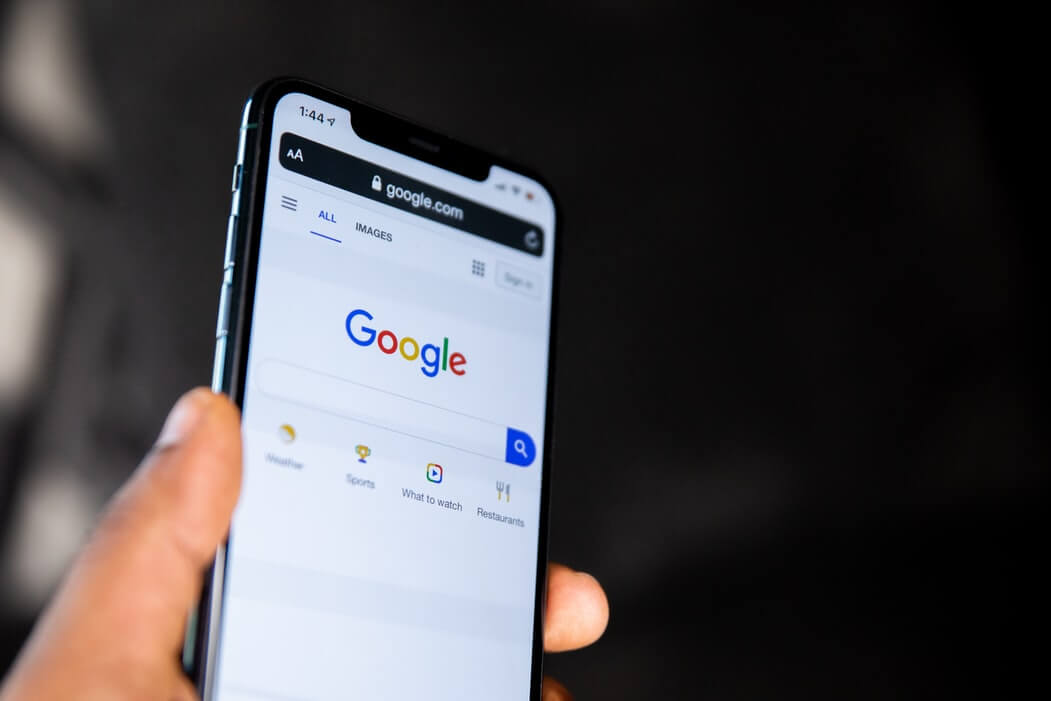Okay, people, LET’S TALK TACTICS. Learn With Google happened nearly two weeks ago (and I’m still loving my Android tablet), and it’s high time I recapped some of the great thing things I learned for the benefit of my ones of readers.
Ah Ha Moment #1: Test Conversion Optimizer On Display
Briefly, in case you don’t know, Google’s Conversion Optimizer is a setting that can be applied at the campaign level for any campaign that is eligible (any campaign that has hit 15 conversions within the last 30 days is eligible). Conversion optimizer switches off automatic or manual bidding and instead prompts to you to specify a maximum CPA for the campaign. Adwords will then automatically optimize the way Google shows your ads so that you are more likely to get conversions. So this Ah Ha moment is pretty simple – if you’re not testing conversion optimizer on your display ad campaigns then you should be.
Oh, and if you haven’t separated display from search, well then you need to do that first. We’ll call that Ah Ha moment #1a.
Moving on…lots to discuss…
Ah-Ha Moment #2: Video is Hot
Google waxed poetic about video. We even got a few hot stats (source: Google):
- More Video is Uploaded to YouTube every 60 days than the top three broadcasters have produced in 60 years
- 85% of the US Online population has watched a YouTube video.
- 65% watch one video per week
- Online video ads received 18.3% more viewer attention than TV commercials (source: IPG Media Lab)
At one point the presenter actually said, “we’re constantly blown away by the power of images.” And I thought to myself, well, that’s kind of an ironic statement because the rest of the world has known about the power of images since, I don’t know, THE INVENTION OF CINEMA. However, as a search marketer (and writer of lots of words), I’m the first to admit that sometimes I forget there is an entire WORLD of advertising that extends beyond 90 character text ads. So what if you could marry Google’s keyword targeting capabilities with kick-ass pictures that move? Turns out you can, it’s called YouTube.
There are a few different ways you can promote yourself on YouTube. YouTube’s Promoted Videos page explains how it works.
In a nutshell, you create an ad for YouTube which features a thumbnail of your video and tie that ad to keywords or categories, much like you do with regular search ads for Google.com. You then set your bid price and only pay when someone clicks to view the video. Google recommends creating a YouTube branded channel where you can drive visitors (or you can drive them directly to a specific video with or without a channel). Of course, you’re going to need at least one video on YouTube, so if you don’t have any video, get cracking!
Ah-Ha Moment #3: Mobile is Hotter
Google was really, REALLY excited about mobile. We got some more stats on this channel, as follows:
- 77% of smartphone users call or visit a business after looking for local info on their phones
- 71% of smartphone users search because they saw an ad
- 33% of smartphone users use their phone while watching TV (ahem: GUILTY)
- 53% of smartphone users on average made a purchase as a result of a mobile search
- 70% of smartphone users, use their phone while shopping in-store
So, what does Google recommend in order to capitalize on the explosive growth in mobile usage? A few things, as follows…
- Break out mobile into separate campaigns and this includes separating tablet targeting from mobile phone targeting. This could give you an advantage over ad visibility and CPC, since not a lot of people are doing that at the moment (I think it was something like 5% of all Adwords advertisers). This gives you more flexibility with writing ad copy as well as where you send people.
Use call extensions in your ads, particularly if you are a local business that gets a lot of leads over the phone. Call extensions enable you to add your business phone and address to your ads, and Google will include the info based on the device a searcher is using. Here’s more info from Google on how to set up call extensions including the ability to utilize a Google Voice number for call tracking.
Lightening Round
And here, in no particular order, are some more things to try and/or consider.
-
- Since mobile usage is growing so much, it’s important to check out your web site on various mobile devices. Look at it on your phone, your tablet, your child’s ipod touch…whatever. Are you providing mobile users a good experience? If not, it may be time to invest in a mobile site.
- While mobile is on your mind, take a look at your web analytics to see what percentage of traffic is coming from mobile devices. This could be particularly eye opening if a mobile strategy isn’t on the radar.
- Take some time to look around and see what other people are doing via Google’s ThinkInsights tool. Get some coffee first.
- Build a mobile landing page for your local business via Google Sites.
- Add the Google +1 button to your landing page
And there you have it. I guess it doesn’t seem like a lot of stuff, unless you consider you now need to run off and build yourself a mobile site, a YouTube Brand Channel and film a bunch of videos.
- Key takeaway: search marketing is more than just text ads!
